The Nepal bus accident on August 23, in which a tourist bus with 40-odd Indian tourists fell into the Marsyangdi river, killing 26 people on the spot and one at the hospital, comes across as a grim reminder of how dangerous Himalayan mountain roads can be during the monsoon. All the victims came from Jalgaon in Maharashtra and were travelling in a group of three buses. There were more than 150 people from the same village. One of these buses fell into the roaring monsoon river, killing 27 of these tourists, with one still missing after five days of the incident.
The loss of these innocent lives makes one wonder if travelling from Pokhara to Kathmandu during August, which is the peak monsoon season, was safe. Did these tourists know the full scale of risks in travelling by bus from one Himalayan tourist hotspot to another? Similar bus accidents had already claimed over a hundred lives before this accident in the ongoing monsoon season. Surely enough, they did not know. The decision to travel to Nepal by bus during the monsoon season is never safe. Anybody living in Nepal or near the Nepal border in India knows this very well: travelling in the mountains in the rainy season is risky. People in these areas cut down on their travels and venture out only in case of unavoidable circumstances.
But these people from Jalgaon, whose knowledge of mountains is based on their understanding of the rocky terrains of Western Ghats (the Sahyadri), which is much older and therefore more stable than the Himalayas, were unaware of the risks. It brings the discussion to the advisers and organizers of this travel. If any company or agency makes people travel by bus through these Himalayan roads during the monsoon season, it’s something that the government must look at and set safety standards for such travel.
The Himalayas and the other mountains in its vicinity are relatively very young, and their soil is loose, making them suitable for setting up orchards or agriculture farms. Nepal gets abundant rain during the monsoon, creating over 6000 rivers. It gets so much water that half of Bihar is flooded, causing a perennial problem for Bihar and Indian rivers in this region swell up to dangerous levels. Nepal’s water resources make it one of the most promising lands for hydro-electricity. Landslides and lighting are such massive problems that international institutions working on these natural occurrences have set up research institutes in Nepal.
Nepal is a tourist destination, but travelling in the monsoon season should not be on your plate. The right thing to do is go to Nepal before the monsoon season and rent a house or hotel room if you want to enjoy the monsoon season there. Avoid bus travel at all costs. All these 6000 rivers flow menacingly as they go down the slope. The Dushera (Dasain) festival brings the first significant break from the incessant rains, and on Diwali, people go from home to home, singing folk songs and seeking blessings. These songs depict the rain and advise how to walk or travel as the entire landscape is still damp and slippery.
Nepal is not just a destination for sightseeing; it’s an example of how people live in the eco-sensitive Himalayas and the culture and traditions, the food and drinks, the dresses and festivals that have evolved in these places.
Mumbai and the nearby cities nestled in the Sahyadri have no idea how the Himalayas are different. People in Delhi and Kolkata who have closer access to Himalayan towns and villages have a better understanding of this. But sadly, Mumbaikars and Maharashtrians don’t have the same level of understanding of the fragile and perilous Himalayan ecosystem.
Taking appropriate lessons from this accident, the state governments, including Maharashtra, should prepare an advisory for unessential travels to risky mountain areas in India and neighbouring Nepal. As the incident involved unsuspecting people from Maharashtra, the state government should see what it can do to lessen the pain of the families who have lost their members in this accident. It’s surprising that political leaders are seen fighting over statues that strong Arabian Sea winds brought down and ignore families who fell hundreds of meters into the swelling monsoon river. It’s about time they got priorities right! (IPA Service)
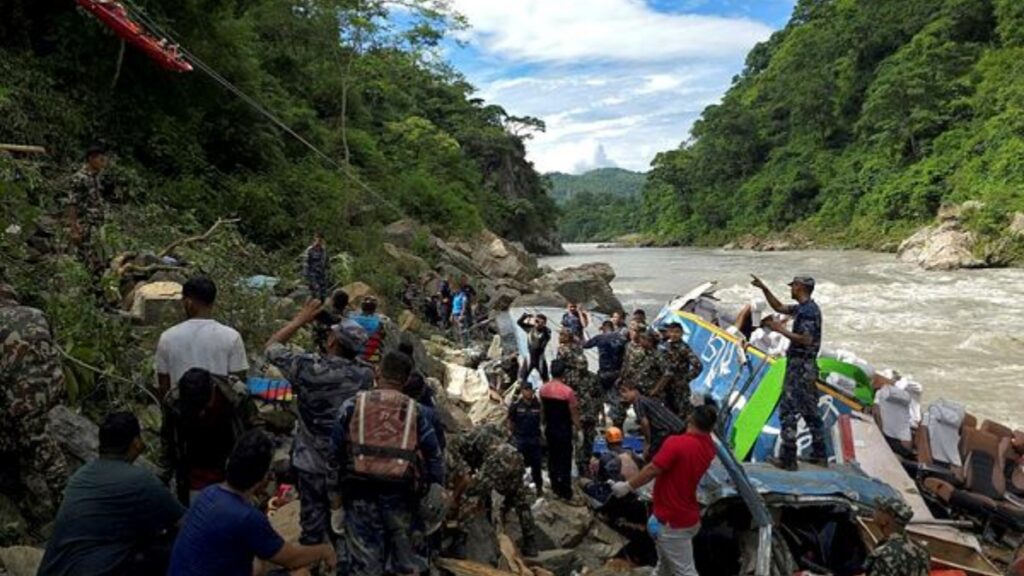
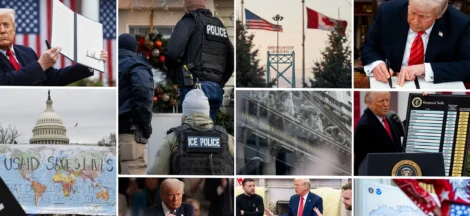
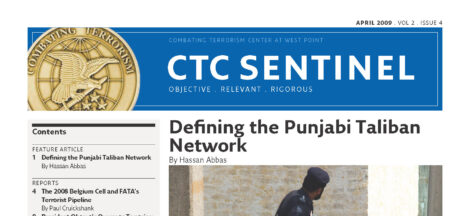
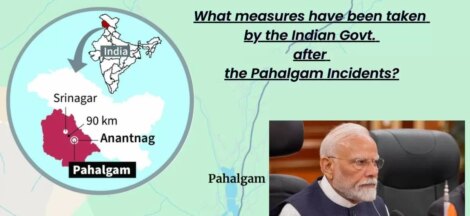
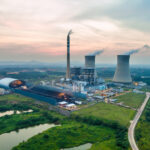 Nuclear Power Plants Are Emerging As A Big Threat To The Humanity
Nuclear Power Plants Are Emerging As A Big Threat To The Humanity 